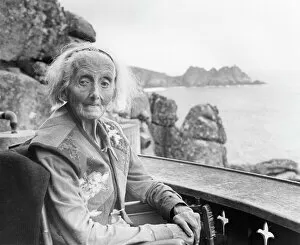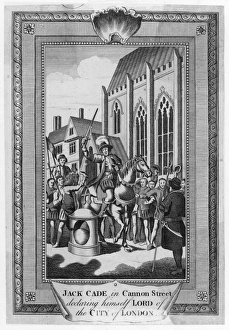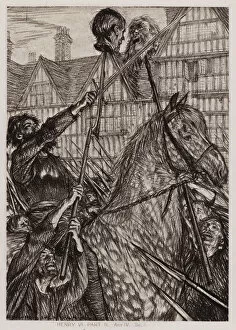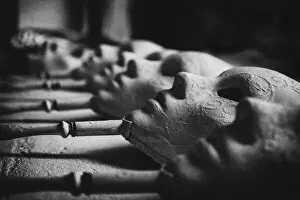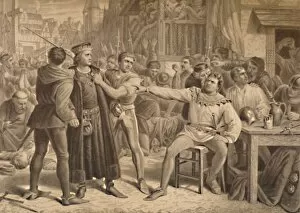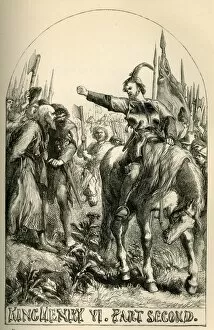Cade Collection
"Cade: A Tale of Rebellion, Resilience, and Legacy" In the realm of history and theater, the name "Cade" echoes with tales of rebellion and determination
All Professionally Made to Order for Quick Shipping
"Cade: A Tale of Rebellion, Resilience, and Legacy" In the realm of history and theater, the name "Cade" echoes with tales of rebellion and determination. From Rowena Cade's visionary creation of the Minack Theatre to Jack Cade's audacious uprising in 1450, this name holds a multitude of stories waiting to be unraveled. Rowena Cade, an extraordinary woman ahead of her time, sculpted the iconic Minack Theatre into Cornwall's rugged cliffs. Her artistic vision transformed nature's canvas into a stage that has enchanted audiences for generations. Meanwhile, centuries earlier, Jack Cade led his infamous rebellion against injustice during what became known as Jack Cade's Rebellion. With fiery conviction and unwavering spirit, he declared himself Lord of the City of London - challenging societal norms and fighting for equality. The rebellious spirit continued to thrive as depicted in historical lithographs like RBG18-1701 or vivid scenes from Shakespeare's play "The Second Part of King Henry IV. " These artistic renditions capture both the chaos and courage that defined those turbulent times. Notably intertwined with these narratives is Heathfield's enigmatic landmark - Jack Cades Stone. This ancient relic stands as a silent witness to history; its weathered surface holding secrets from bygone eras when rebels roamed free. London itself became a battleground during Jack Cade’s daring campaign. The egalitarians rallied behind him while iconic landmarks like London Stone on Cannon Street bore witness to their struggle for change around c1770. Artists throughout history have immortalized these captivating events through their brushstrokes. One such masterpiece is W Ridgway’s painting titled "Lord Saye and Sele Brought Before Jack Cade, " which captures both tension and triumph within its frames. Jack Cade himself remains an enigma—a rebel hailing from Irish roots who defied expectations in 15th-century England.

